How can we formulate a linear programme that tells us whether an arbitrary point x[ j ] ∈ X, where X = {x1, ... ,xn} ⊂ Rn is an extreme point of the convex hull of X, that is conv(X)?
According to the solution of this linear programme, we should be able to claim that 'yes, x[ j ] is an extreme point', or 'no'.
Well, what I've in my mind is something like that:
{min: 0} s.t. x[ j ] = Σi ( a[ i ] * x[ i ] ); i ∈ {1, ... ,k}, ∀ j ∈ {1, ... ,k}
If such a[ i ] s exist, that means x[ j ] is a linear combination of other x's, which seems like a violation to the definition of an extreme point.
However, I believe this LP does not cover the whole context. i.e., what if we select an x[ j ] which is located inside the conv(X) (not on the edges) and is not a linear combination of others. Then the model will result in a fallacious outcome. It seems to me that, above model would be fine iff the selected x [ j ] stands on the edges of conv(X).
Thanks.
